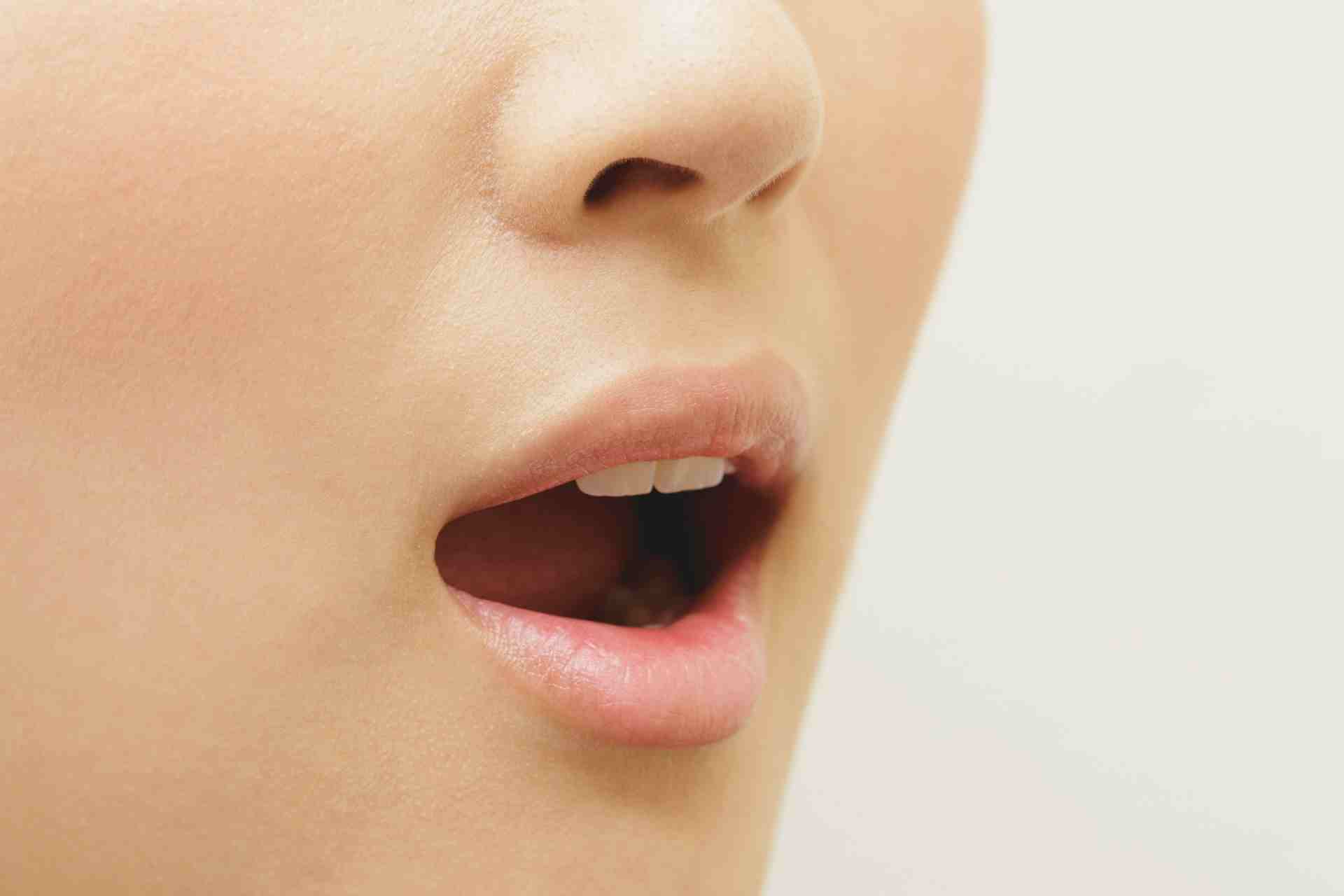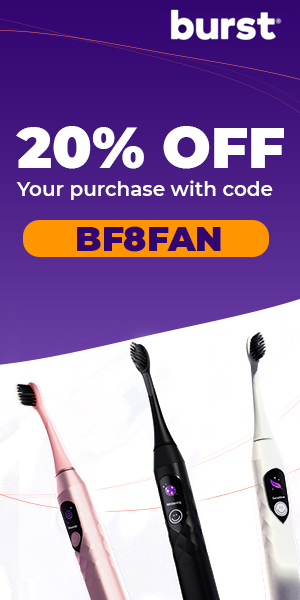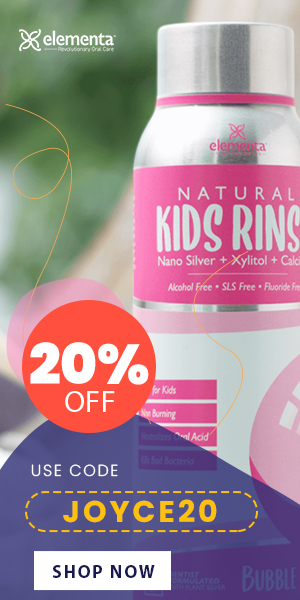Highlights:
- Blood blisters in the mouth often appear suddenly and look dark red or purple.
- They’re usually caused by minor trauma like cheek biting or irritation from dental appliances.
- Most are painless and heal on their own within a few days.
- Stress and clenching habits can also be sneaky triggers.
- Avoid popping them—this can lead to infection or delayed healing.
- Use saltwater rinses and cold compresses to soothe the area.
- See a dentist if the blister is large, painful, or doesn’t go away in 7–10 days.
- Recurring blisters could signal an underlying issue that needs attention.
Ever discovered a dark, swollen bump inside your mouth that appeared out of nowhere? That might be a blood blister—an often harmless but startling little issue.
A blood blister in the mouth is a fluid-filled sac that forms when blood vessels under the skin rupture, usually after some kind of minor trauma like accidentally biting your cheek or eating something too hot.
These blisters can show up suddenly, and while they’re usually painless, their appearance can cause confusion or concern. Is it a canker sore? A sign of something more serious? Is it dangerous?
Here’s the reassuring part: most oral blood blisters are nothing to worry about. They typically heal on their own without treatment. That said, there are times when they can be a signal to pay closer attention—especially if they’re recurring, unusually large, or painful.
In this guide, we’ll walk through everything you need to know—from causes and treatments to when you should call your dentist. Let’s take the guesswork out of it.
What Is a Blood Blister in the Mouth?
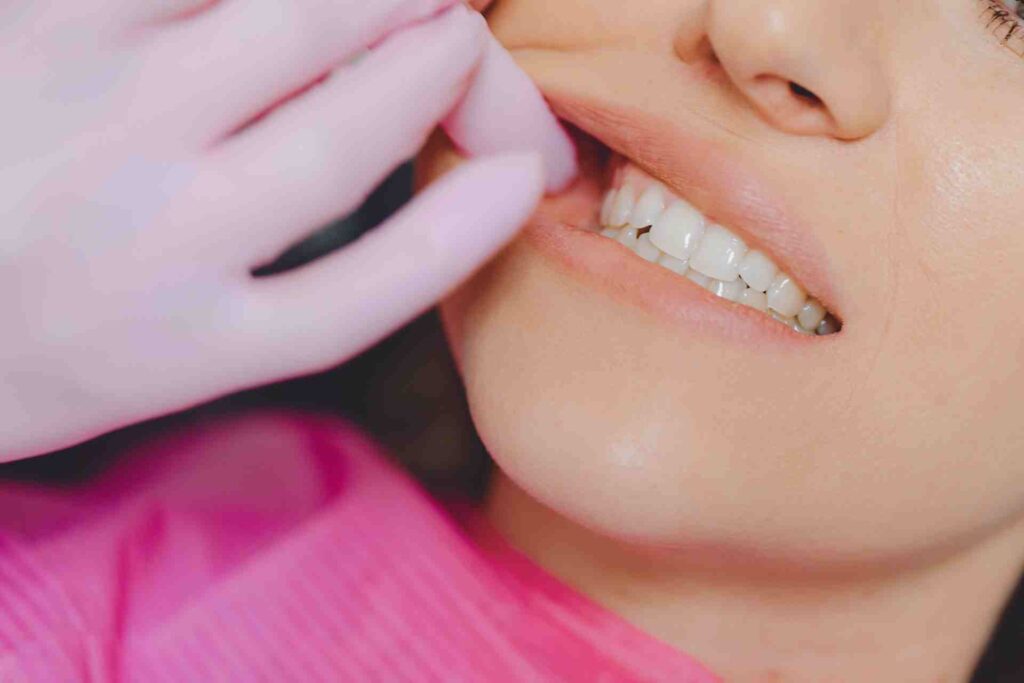
A blood blister in the mouth is exactly what it sounds like—a small, raised bubble filled with blood. It often looks like a dark red or deep purple bump, almost like a bruise trapped under a thin layer of skin. These blisters can form suddenly and without much warning.
They usually show up in soft, sensitive areas of your mouth:
- Inner cheek
- Under tongue
- Roof of mouth
They’re often round and smooth, and while they might look dramatic, many are completely painless.
So how is this different from a canker sore or cold sore? Great question. Unlike canker sores, which tend to be white or yellow with a red border, blood blisters don’t break the skin until they pop. And unlike cold sores, which are caused by a virus and often appear outside the mouth, blood blisters aren’t contagious.
Quick comparison:
- Not white
- Not viral
- Not contagious
- Not painful (usually)
Bottom line: they might look scary, but in most cases, they’re your body’s way of responding to a minor injury. And they tend to heal up quickly on their own.
What Causes a Blood Blister in Your Mouth?
Blood blisters in the mouth don’t always have a dramatic cause—but they do tend to pop up when the delicate tissue inside your mouth gets irritated or injured.
Let’s look at some of the most common reasons they form.
Minor Trauma
This is by far the most common cause.
- Biting your cheek while chewing or talking
- Burns from hot pizza, coffee, or soup
- Dental appliances like braces or poorly fitted dentures
- Sharp foods like chips or crusty bread
Even something as simple as aggressive brushing can lead to a burst of blood vessels under the skin.
Stress & Anxiety
Surprised? Stress can actually raise your blood pressure or cause unconscious habits like cheek biting or jaw clenching. Both can lead to tiny ruptures in the blood vessels under the surface of your mouth.
- Jaw clenching
- Cheek biting
- Tension-related grinding
These repetitive movements create friction or pressure—just enough to trigger a blister.
Allergic Reactions
Sometimes your mouth is reacting to something it doesn’t like.
- Dental materials (e.g. latex, acrylics)
- Toothpaste ingredients
- Certain foods (like cinnamon or acidic fruits)
If your blood blister appeared right after trying a new product or food, it could be your clue.
Medical Conditions
In some cases, blood blisters aren’t just from outside triggers—they’re a sign of something systemic.
- Angina bullosa hemorrhagica – a rare but benign condition that causes sudden blood blisters, usually without pain
- Blood disorders – including clotting issues or hemophilia
- Diabetes – delayed healing can make blisters worse or more frequent
- Low platelet count – makes you more prone to bleeding, even from small injuries
Pro tip: Do you have a new mouthguard? New retainer? Been stressed or chewing gum nonstop? These little changes can quietly trigger big reactions in your mouth.
What Are the Symptoms to Watch For?
Most blood blisters are totally painless. In fact, many people don’t even realize they have one until they feel it while eating or spot it in the mirror. That said, some blisters can create a bit of pressure or tenderness, especially if they’re large or in an area where your teeth regularly make contact.
You might also notice:
- A sudden, smooth, raised bump
- Swelling that feels firm but not hot
- Occasional bleeding if it pops on its own
If the blister bursts, you may feel a slight sting and see a little blood. This usually isn’t anything to worry about. A scab might form, and the area should begin healing within a few days.
But healing is key. If the blister lingers for more than 10 days, starts to grow, or becomes painful, those are signs it’s not healing properly—and that’s your cue to get it checked out.
Bottom line: it’s always better to watch and wait for a few days, but don’t ignore a blister that overstays its welcome.
Can You Treat a Blood Blister at Home?
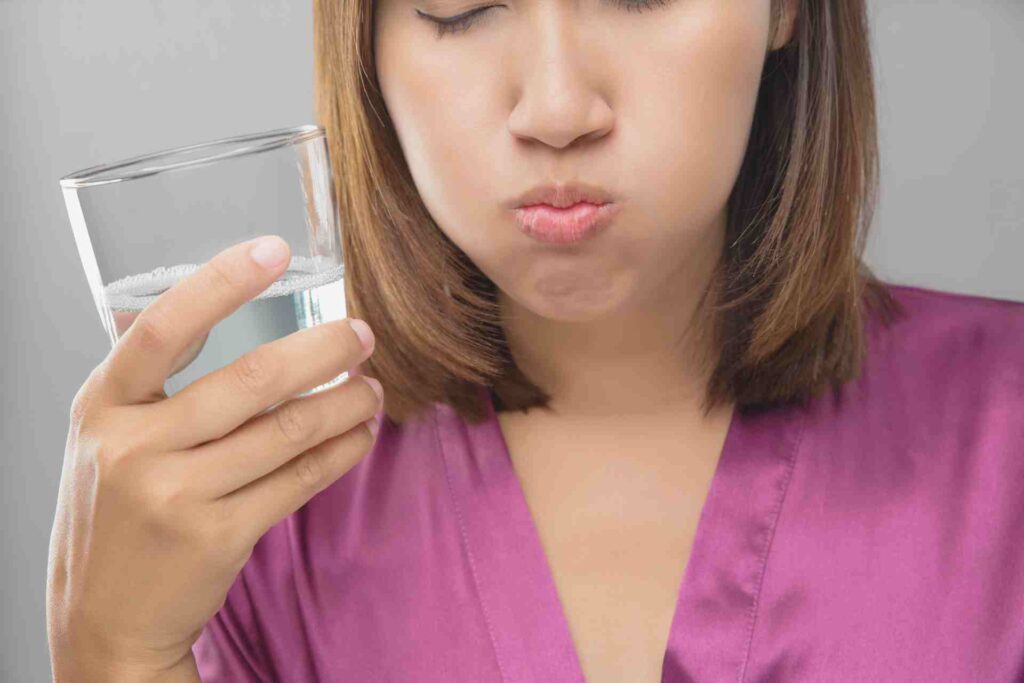
Most of the time, yes—you can manage a blood blister in your mouth right from home with a little care and patience. Because these blisters usually result from minor injuries, they tend to heal on their own within a week or so.
Let’s break down what helps—and what doesn’t.
Do’s: What Actually Helps
Keep things simple and gentle. The goal is to support healing and avoid irritation.
- Saltwater rinses – Rinse with warm salt water 1–2 times a day to keep the area clean and reduce bacteria.
- Cold compresses – Applying something cold to the outside of your cheek can ease swelling and discomfort.
- Natural remedies – A dab of honey or aloe vera (on clean skin, not directly inside the mouth) may help soothe the area due to their antibacterial and anti-inflammatory properties.
Don’ts: What to Avoid
Some things might feel tempting—but they can make it worse.
- Don’t pop it – Seriously. As satisfying as it might seem, popping a blood blister can invite bacteria and increase the risk of infection.
- Avoid spicy, hot, or acidic foods – These can irritate the blister, slow healing, or cause pain if the skin breaks.
- Don’t brush aggressively – Be gentle around the area when cleaning your teeth or using mouthwash.
When Is It Safe to Wait and Watch?
If your blood blister is small, not painful, and doesn’t interfere with eating or speaking, it’s perfectly okay to let it run its course. Most will shrink, scab, and disappear on their own in a few days.
But if it doesn’t improve—or if it keeps coming back—your dentist should take a look to make sure there’s nothing else going on.
When Should You See a Dentist or Doctor?
Most blood blisters in the mouth are harmless. But not all of them. If yours is sticking around or causing problems, it might be time to check in with your dentist or physician—just to be safe.
Here are some signs that a professional opinion is a good idea:
- It’s large or keeps coming back
- It hasn’t healed in 7–10 days
- It’s painful or interferes with eating, drinking, or speaking
- You have a condition like diabetes or a bleeding disorder
- You’re unsure if it’s really a blister or something more serious
It’s especially important to speak up if you notice any unusual changes—like a blister that’s growing, changing color, or accompanied by other symptoms like weight loss or fatigue. While it’s rare, certain oral cancers can start with a dark lesion that resembles a blood blister.
And remember—trust your instincts. If something feels off, it’s always better to have it looked at.
How to Prevent Blood Blisters in the Mouth
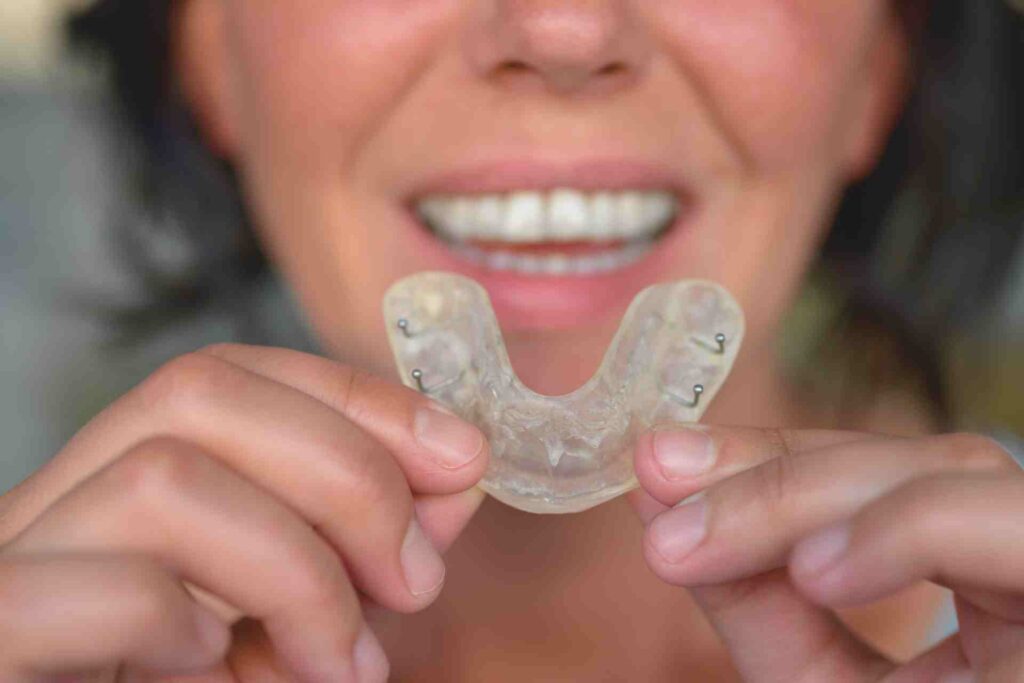
While you can’t always avoid a surprise bite or bump, there are definitely ways to reduce your chances of getting blood blisters in the mouth—especially if they’ve become a repeat issue for you.
Here’s how to help prevent them:
Slow down while eating
Fast chewing or talking with food can lead to accidental bites. Be mindful, especially when eating sharp or crunchy foods.
Manage stress and jaw tension
Stress-related habits like clenching, grinding, or cheek biting often go unnoticed. If you’re waking up with jaw pain or tension, you might be grinding at night without realizing it.
Use a mouthguard
If you grind your teeth (bruxism), a custom nightguard can protect your soft tissue and teeth while you sleep.
Check your dental appliances
Braces, dentures, or retainers that rub or don’t fit properly can cause repeated trauma. Make sure they’re adjusted to fit comfortably and checked regularly.
Be gentle with oral hygiene
Brushing too hard or using a stiff-bristled toothbrush can irritate delicate areas. Use a soft-bristled brush and gentle motions, especially if you’ve had recent dental work.
Consistency with these small habits goes a long way in protecting your mouth. And if you’re ever unsure what’s causing recurring blisters, your dentist can help spot the pattern—and guide you toward the right solution.
FAQs
Q: Can blood blisters be contagious?
A: Not at all. Blood blisters aren’t caused by viruses or bacteria, so you can’t catch or spread them.
Q: Is it okay if it pops on its own?
A: Yes, that can happen. Just rinse with salt water, keep the area clean, and avoid irritating foods while it heals.
Q: Should I worry about a blood blister in my mouth?
A: Most of the time, no. If it’s small, painless, and heals within a week or two, it’s likely nothing to worry about. But if it keeps coming back or doesn’t heal, it’s smart to get it checked.
Q: What STD has a blood blister in the mouth?
A: STDs aren’t typically linked to blood blisters. However, some infections—like herpes—can cause lesions in the mouth that may be mistaken for blisters. These usually look different and are often painful or recurring. If you’re concerned, see your healthcare provider for proper testing.
Q: What does a cancerous blood blister look like?
A: Oral cancer can sometimes start as a dark lesion, but it usually doesn’t look like a typical blood blister. Worrisome signs include a sore that doesn’t heal, bleeds easily, feels firm, or is paired with other symptoms like numbness or weight loss. It’s rare—but if something looks suspicious or lasts longer than 2 weeks, get it checked.
Q: What causes blood blisters in the mouth, according to the NHS?
A: The NHS notes that blood blisters in the mouth are often due to minor trauma—like accidental biting, dental appliances, or hot foods. Occasionally, they can be related to medical conditions like blood disorders or allergic reactions. If the cause isn’t clear or the blister keeps returning, it’s best to speak with a doctor or dentist.
Key Takeaways
- Most blood blisters in the mouth are harmless and heal on their own within a few days.
- They’re usually caused by minor trauma—like biting your cheek or irritation from braces or dentures.
- Stress and anxiety can contribute by triggering habits like clenching or cheek biting.
- Popping a blister can lead to infection—let it burst naturally and keep the area clean.
- Natural remedies like saltwater rinses, honey, or aloe can soothe and support healing.
- If the blister is painful, gets bigger, or doesn’t improve in 7–10 days, it’s time to see your dentist.
- Oral cancer is rare—but any lesion that lasts more than two weeks should be evaluated.
- Wearing a mouthguard and managing stress can help prevent future blisters.
Don’t stress—mouth blood blisters are often minor. But if you’re unsure or want peace of mind, your dentist is just a call away.
Stay proactive about your oral health, and follow @joycethedentist for more tips to keep your smile bright!




